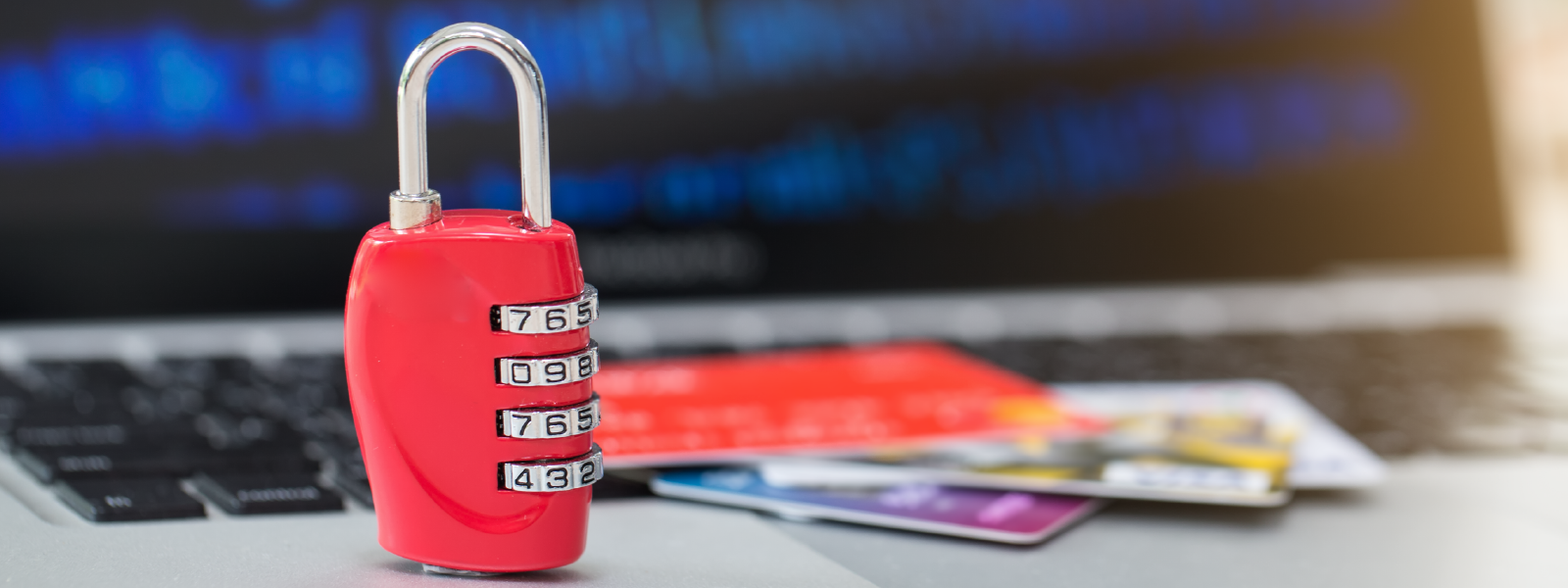We’ve got three words. eCommerce fraud prevention. If you’re running an online store, you’ve probably heard these words before and thought, “Wow, getting cyber hacked must suck.” And then you go on with your day without actually doing something about it. Why? Because it’s got to be a million-to-one chance that it actually happens.
Here’s a stat: global eCommerce losses range between US$20 billion and US$30 billion annually . We’re here to make sure your online store doesn’t contribute a cent to those losses.
The truth is, eCommerce fraud is a very real and serious threat. It can have devastating consequences for both businesses and customers. For businesses, it can mean lost revenue, damage to reputation, and even legal consequences. For customers, it can mean financial losses, identity theft, and a loss of trust in online shopping.
That’s why eCommerce fraud prevention is so important. It’s not just about protecting your bottom line – it’s also about protecting your customers and ensuring their trust in your business. So let’s get into the thick of it and see just how simple it is to create a bullet-proof online business.
eCommerce Fraud In A Nutshell
Imagine waking up one day to find that a major fraud scheme has hit your online store. You see thousands of dollars in fraudulent purchases made in a matter of hours, and your customer support team is swamped with calls from angry customers whose accounts have been hacked. This is the reality of eCommerce fraud, and it’s a serious threat that all online businesses need to be aware of.
So, what is eCommerce fraud? Simply put, it’s any fraudulent activity that occurs during an online transaction.
Here are some common types of fraudulent techniques:
- Identity theft : It’s all in the name. To expand on it, it’s when an online hacker steals personal information like your name, address and credit card number and uses it to make purchases.
- Account Takeover : The unfortunate event when a fraudster gains access to a customer’s account and makes unauthorised purchases.
- Triangulation Fraud : This is when a fraudster creates a fake website that looks like a legitimate online store and tricks customers into making purchases. The fraudster then uses a real store to fulfil the orders, keeping the profits for themselves.
- Refund Fraud : Usually, when a customer makes a legitimate purchase but then disputes the charge with their credit card company for reasons such as forgetting about the purchase, not recognising the charge on their statement, or trying to get a refund for a purchase, they were unhappy with.
As online businesses continue to grow and evolve, so too do the methods of eCommerce fraud. Fraudsters are constantly developing new sly tactics and techniques to exploit vulnerabilities in eCommerce systems, making it more important than ever to stay ahead of the game. By staying informed and implementing effective eCommerce fraud prevention measures, businesses can stay one step ahead of the ever-evolving threat of cyber hacking.
eCommerce Fraud Prevention: 6 Ways to Protect Your Online Store and Keep Your Customers Safe
1) Fraud detection tools
Investing in fraud detection tools can help you identify suspicious transactions before they’re approved. These tools can flag orders with mismatched billing and shipping addresses, multiple orders with different payment methods, and other red flags that could indicate fraud. It’s one of the sharpest tools in your online shed.
2) Powerful password policies
Strong password policies can help prevent account takeover fraud by making it harder for fraudsters to gain access to customer accounts. Require customers to create strong passwords with a mix of letters, numbers, and special characters. Consider implementing multi-factor authentication (MFA) to add some extra padding to your armour.
3) Security Patches and Updates
Keeping your eCommerce platform and website up-to-date with the latest security patches and updates can help prevent vulnerabilities that fraudsters can exploit. Make sure you’re regularly checking for and installing updates to your eCommerce platform, web server, and any third-party plugins or integrations you’re using.
4) Monitor your chargebacks
If you notice an increase in chargebacks, investigate the transactions to see if they’re legitimate or if they’re a sign of fraud. There’s no harm in reaching out to the customer to confirm the purchase. It’ll show your customer that you’re on your toes and have your guard up to any suspicious activity.
5) Train Your Team on eCommerce Fraud Prevention
Your customer support team plays a critical role in detecting and preventing eCommerce fraud. Make sure your team is trained on the latest fraud prevention techniques. Provide them with clear protocols for handling suspected fraud cases, and encourage them to be proactive in identifying potential fraud.
6) Payment Gateways For Ecommerce Fraud Prevention
These robust transaction processors offer state-of-the-art fraud detection technology and built-in security features, giving your customers the peace of mind they need to shop with confidence.
Payment gateways take security seriously, offering advanced protection systems like 3D security, address verification (AVS), and secure encryption to safeguard every transaction. And with the rise of Buy Now Pay Later (BNPL) options, payment gateways can even help you drive more sales by offering flexible payment options that suit your customers’ needs.
If you’re serious about eCommerce fraud prevention and customer satisfaction, then payment gateways help you put a foot in the door.
Conclusion
In the borderless world of eCommerce, fraudsters are always lurking around the corner, ready to pounce on unsuspecting businesses and shoppers. But don’t let them rain on your parade! With the right knowledge and tools, you can keep your online store and customers safe from their sinister schemes.
From implementing multi-factor authentication to using cutting-edge fraud detection tools and payment gateways , there are plenty of ways to stay one step ahead of the bad guys. By taking these prevention measures seriously, you can protect your customers’ personal and financial information while also safeguarding the reputation of your business.




